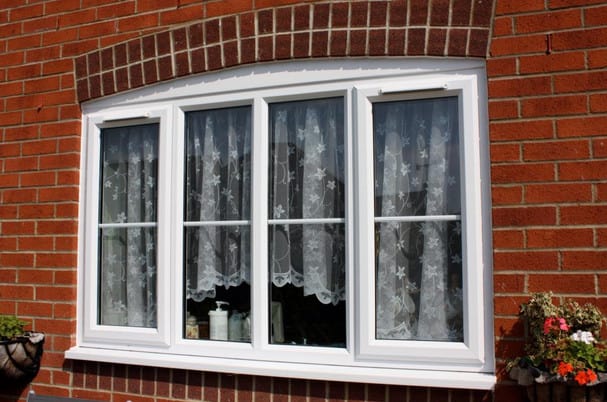All Categories
Featured
Table of Contents
How To Retrofit Your Windows With Double Glazing, And Keep ... in Calista Perth
Laminated glass is often utilized in locations in the home most vulnerable to injury from human impact such as restrooms, doors, around staircases and in areas close to the flooring (it satisfies the requirements of 'shatterproof glass' that is mandated for usage in these areas by Australian Standard AS 1288 Glass in structures).
Toughened glass has actually been 'tempered' by being reheated and rapidly cooled once again. This process makes it much more powerful than basic glass it can resist higher impact loads before breaking. It also makes it more secure due to the fact that, when it does shatter, it breaks into lots of little cubic pieces instead of dangerous fragments.
Does Double Glazing Reduce The Heat In Brisbane's Summer? in Hamersley WA
Toughened glass has no thermal or acoustic benefits over other glass of the same toning or density. Secondary glazing is where single-glazed windows are retrofitted with a transparent acrylic or glass sheet attached to the within of the frame or openable sash with a secondary frame or with magnetic strips.


Secondary glazing will not perform also thermally as a made IGU, because it is impossible to completely seal the boundary, however it can supply excellent sound control. Window movies are a thin polymer film consisting of a taking in dye or reflective metal layer, with an adhesive support. They adhere to your glazing to alter its colour or make it reflective.
Double Glazing Vs Triple Glazing: Which Should You Choose in Koongamia Western Australia
Applied to existing glass, some window films can cut in half the total SHGC of the window by absorbing and/or reflecting solar radiation. This can be especially advantageous in hotter climates where cooling is the primary concern, or on east and west elevations directly exposed to long periods of sunlight. However, window movies may likewise minimize noticeable light transmittance.

For this factor, it is typically best to use an accredited installer of window film. Frames have a substantial influence on the thermal efficiency of doors and windows, because energy can be acquired and lost through the frame, as well as through the glass. Different types of frame will allow various levels of heat gain and loss, so cautious choice of frame is necessary for reliable passive style.
Double Glazing - Albury - Twin Cities Glass in Darling Downs Western Australia
Aluminium is likewise an extremely excellent conductor of heat and will decrease the insulating worth of a glazing system, unless specifically engineered to lower this. A 'thermally broken' frame is comprised of 2 aluminium sections connected by a structural insulator (typically a low-conductivity structural polymer). This 'breaks' the thermal connection through the aluminium and reduces the heat flowing through the frame.
Lumber frames are a good natural insulator that can fit some home styles. Wood frames ought to be made from types that have naturally high durability or be treated to prevent decay and deformation.
Solace Creations: Home in Hazelmere Western Australia
This can result in spaces that enable air infiltration unless good draught sealing (weather condition removing) is set up. u, PVC is a type of plastic (unplasticised polyvinyl chloride, also called stiff PVC). u, PVC frames provide outstanding thermal efficiency, often better than timber or thermally damaged aluminium. u, PVC is long lasting and needs extremely little upkeep, and can be moulded into complex profiles that offer excellent air seals.
u, PVC windows and doors have exceptional thermal efficiency Picture: Ben Wrigley (Light Home Architecture and Science) Composite frames use aluminium profiles on the external areas with either a wood or u, PVC inner area. These combine the low upkeep and toughness of aluminium with much improved thermal efficiency.
Latest Posts
Secondary Glazing: A Buyers Guide in Bibra Lake WA
Double Glazing in Swan View WA
Double Glazed Windows In The Summer in Myaree Western Australia